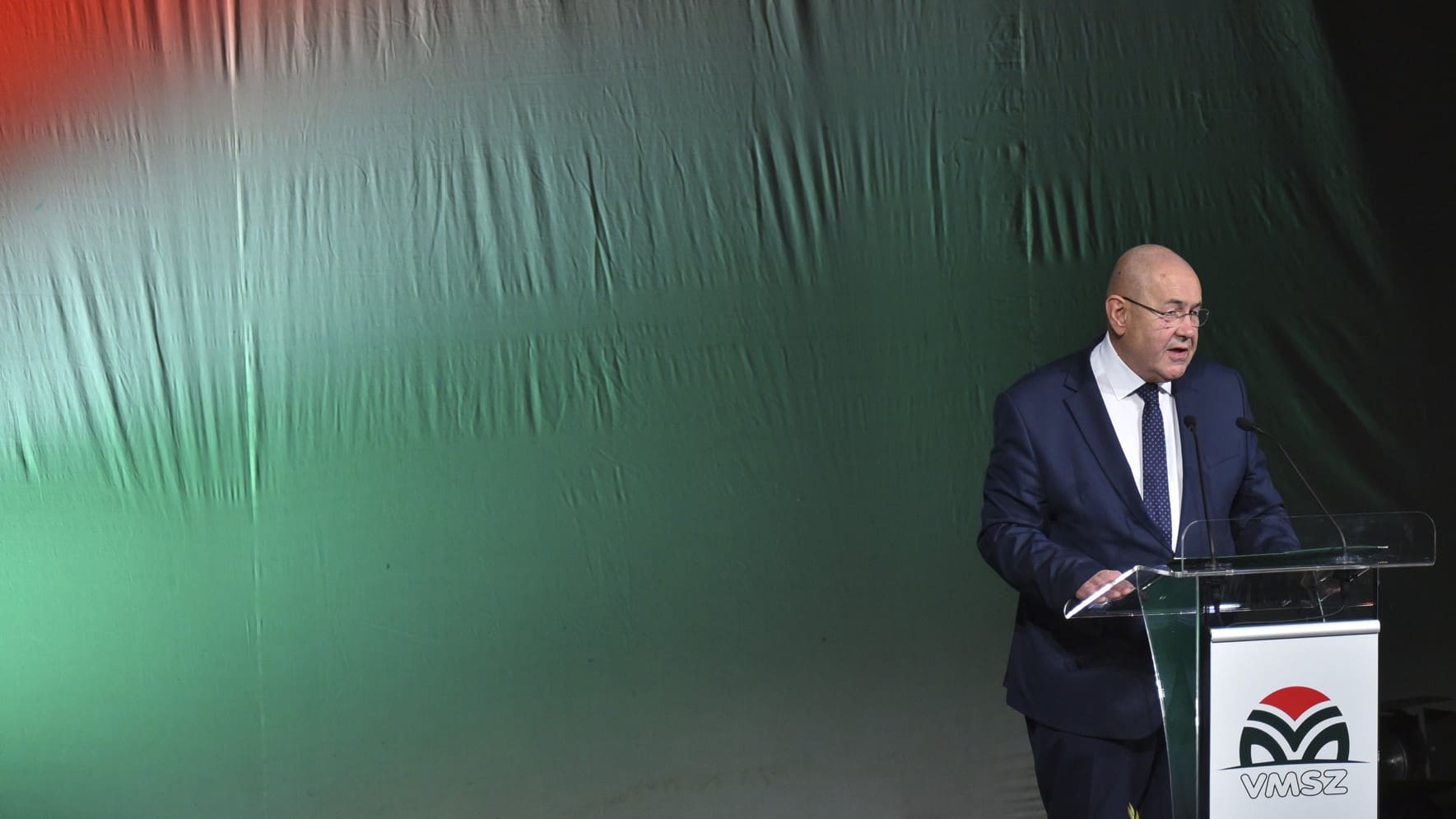
The Life and Legacy of István Pásztor — A Great Witness of Hungarian–Serbian Reconciliation
On the day before Pásztor’s death, the commemoration of the Vojvodina massacre of ethnic Hungarians in WWII took place in Csurog on Sunday, 29 October.

On the day before Pásztor’s death, the commemoration of the Vojvodina massacre of ethnic Hungarians in WWII took place in Csurog on Sunday, 29 October.
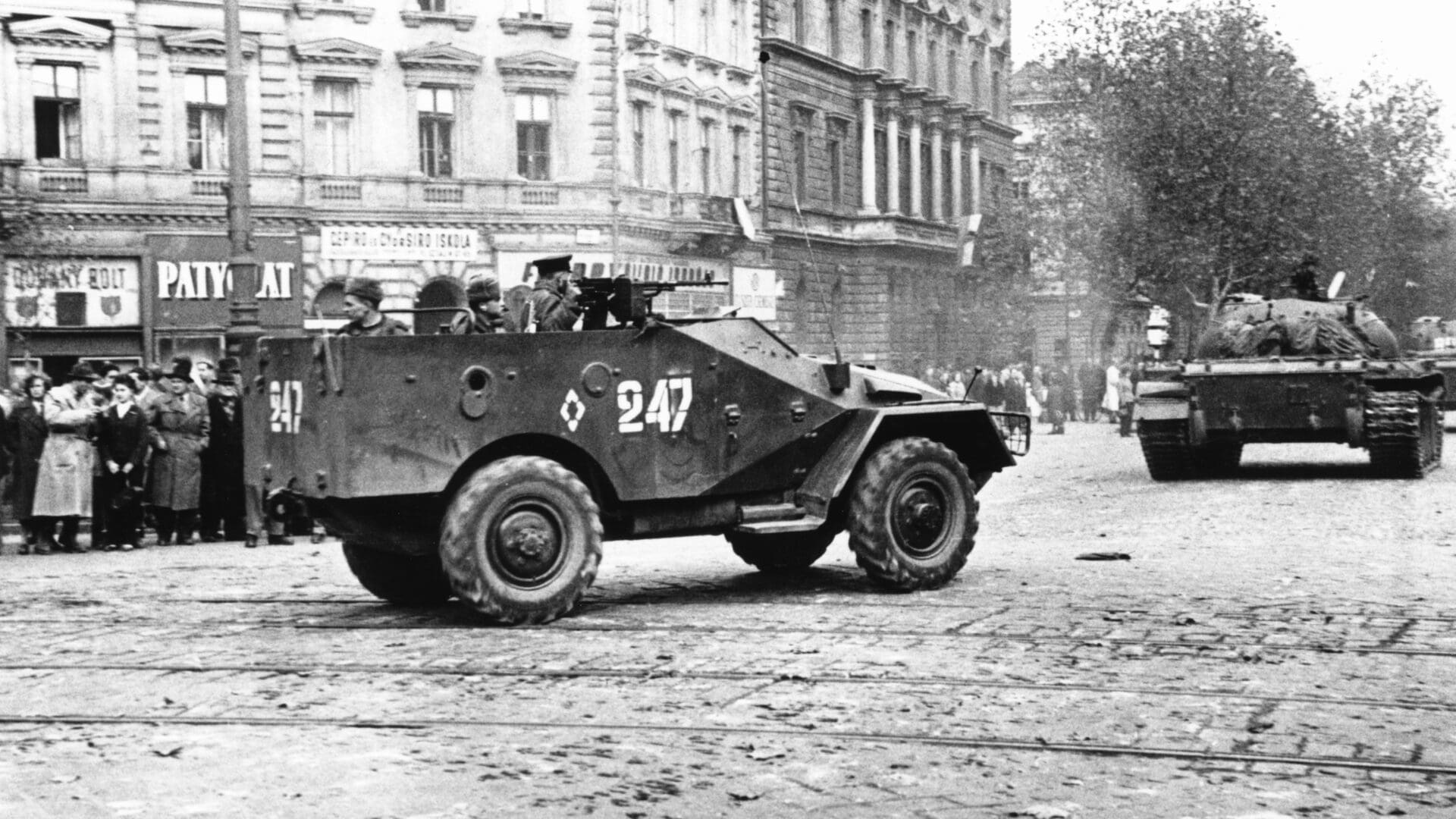
‘The speed and eagerness with which Hungarian clubs sought to return to their old identities, with all the loyalties and connections they represented, demonstrated the power of these emotional and social meanings. And it was just as clearly a mark of the utter failure of the Party to co-opt and utilise the power of football for its own purposes. The Party abandoned the micro-management of football, paralleling its wider realisation after 1956 that, while its authority was still non- negotiable, it could and would not protect and justify it through the politicisation of society or the ideological mobilisation of the people.’
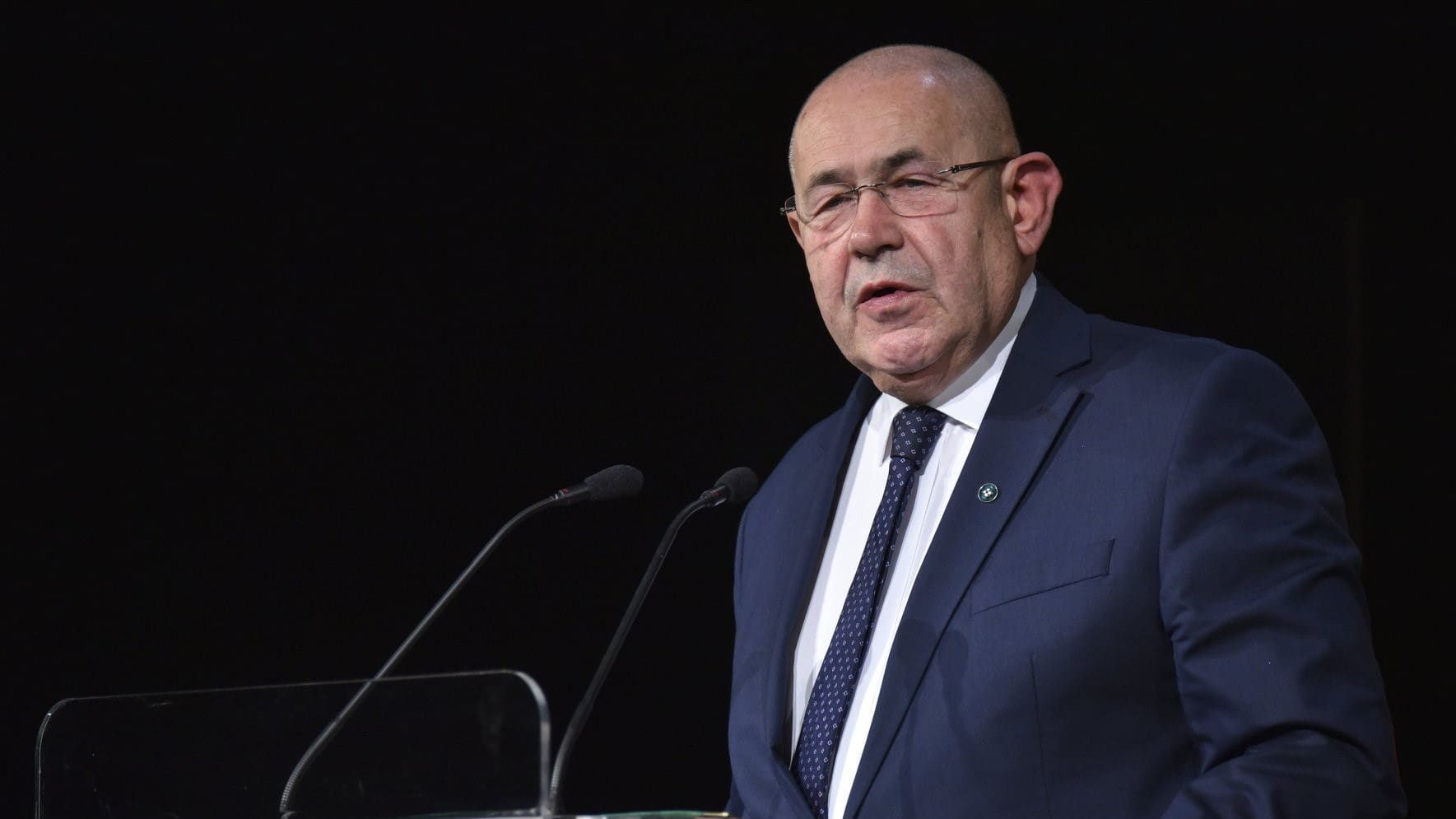
The 67-year-old politician passed away after a brief, severe illness. István Pásztor had led the largest Hungarian party in the Southern Hungarian region for over 16 years, from 2007 until the present day. He was re-elected as the party’s president in May of this year.
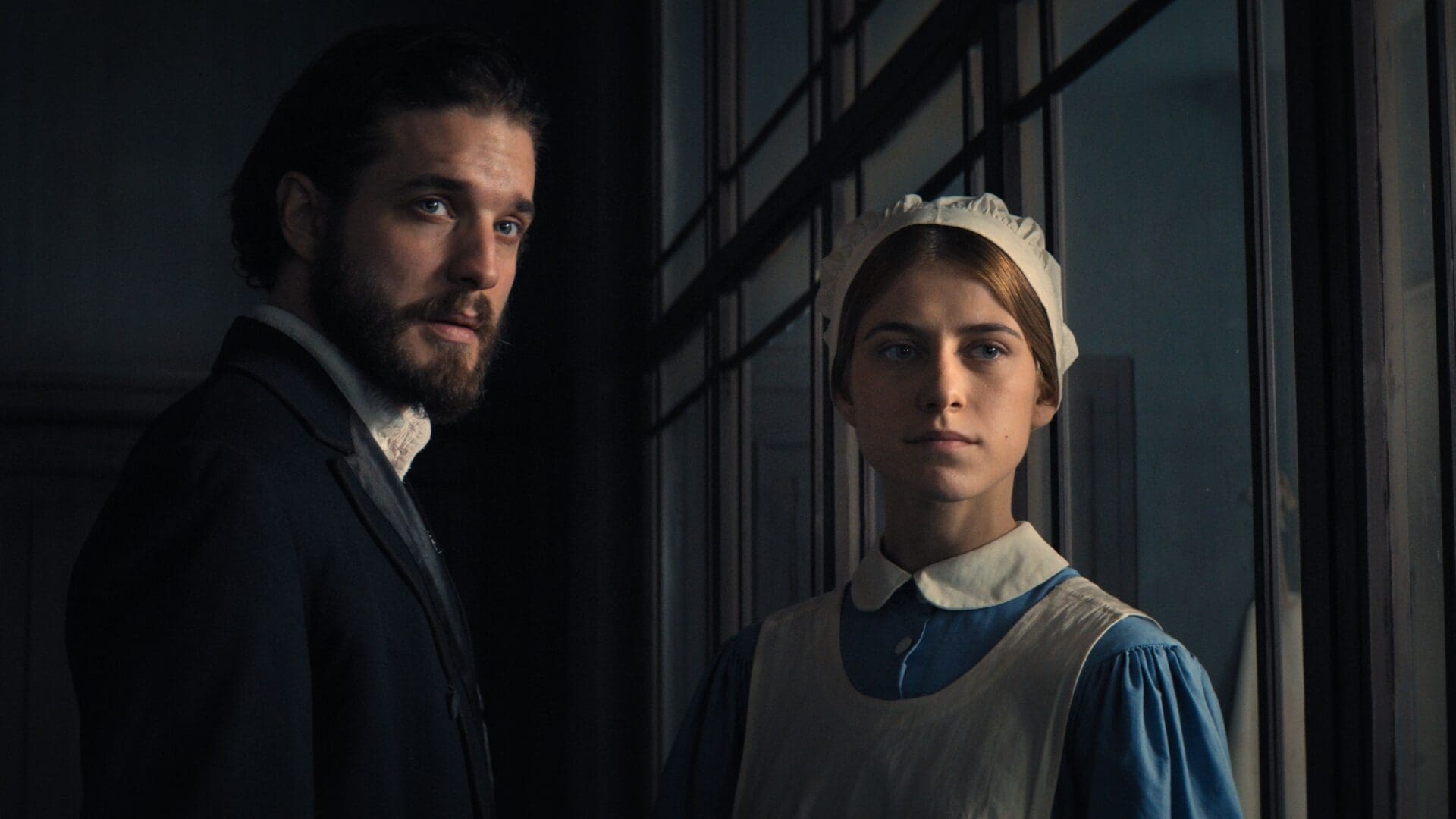
National Film Institute Director Csaba Káel emphasized in his remarks before the screening that in recent years, Hungary has hosted landmark productions that have established Budapest as the second biggest film hub in Europe after London. The list of international blockbusters and critically acclaimed films shot in Hungary continues to grow and Hungary has shown itself as a versatile, captivating background for cinematic storytelling.
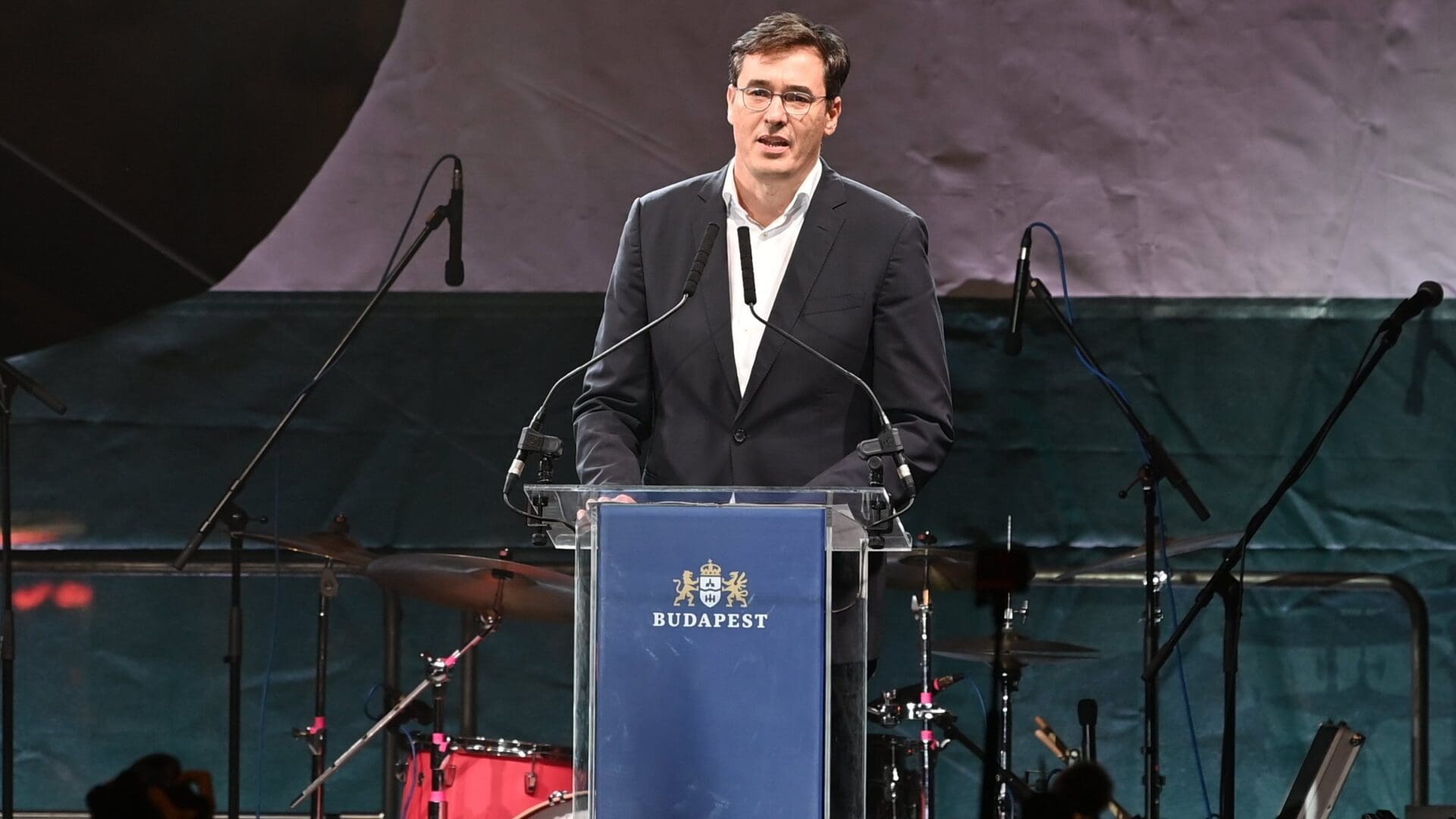
‘Living in a republic means striving to treat each other well,’ the mayor said, adding this was the kind of homeland the heroes of 1956 had wanted. He said the symbol of the revolution, the Hungarian flag with a hole, sent the message that unity was only possible if no one was being told, in the name of any ideology, how they ought to love their homeland.
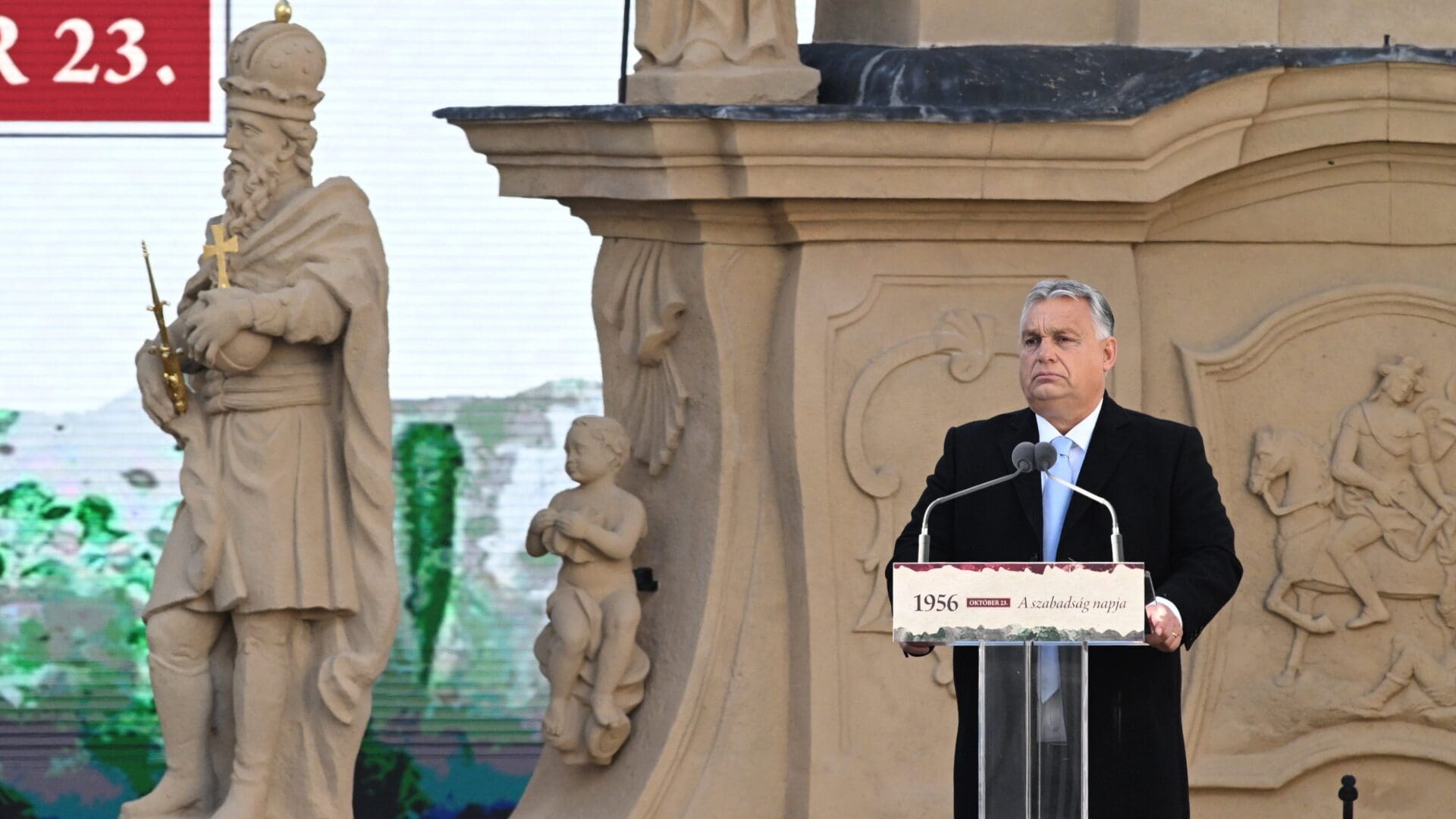
Orbán told his audience in Veszprém that Hungary was the ‘first and only’ country trying to ‘hold back the European people from willingly marching into an even greater war’. Referring to the ‘chivalry of the Hungarian people’, he said that ‘again and again those whom we saved turn against us’ when ‘we are defending them’. He went on to state that Hungary had defended Europe against migration ‘and we were the first to propose peace instead of war, which might have saved hundreds of thousands of lives.’
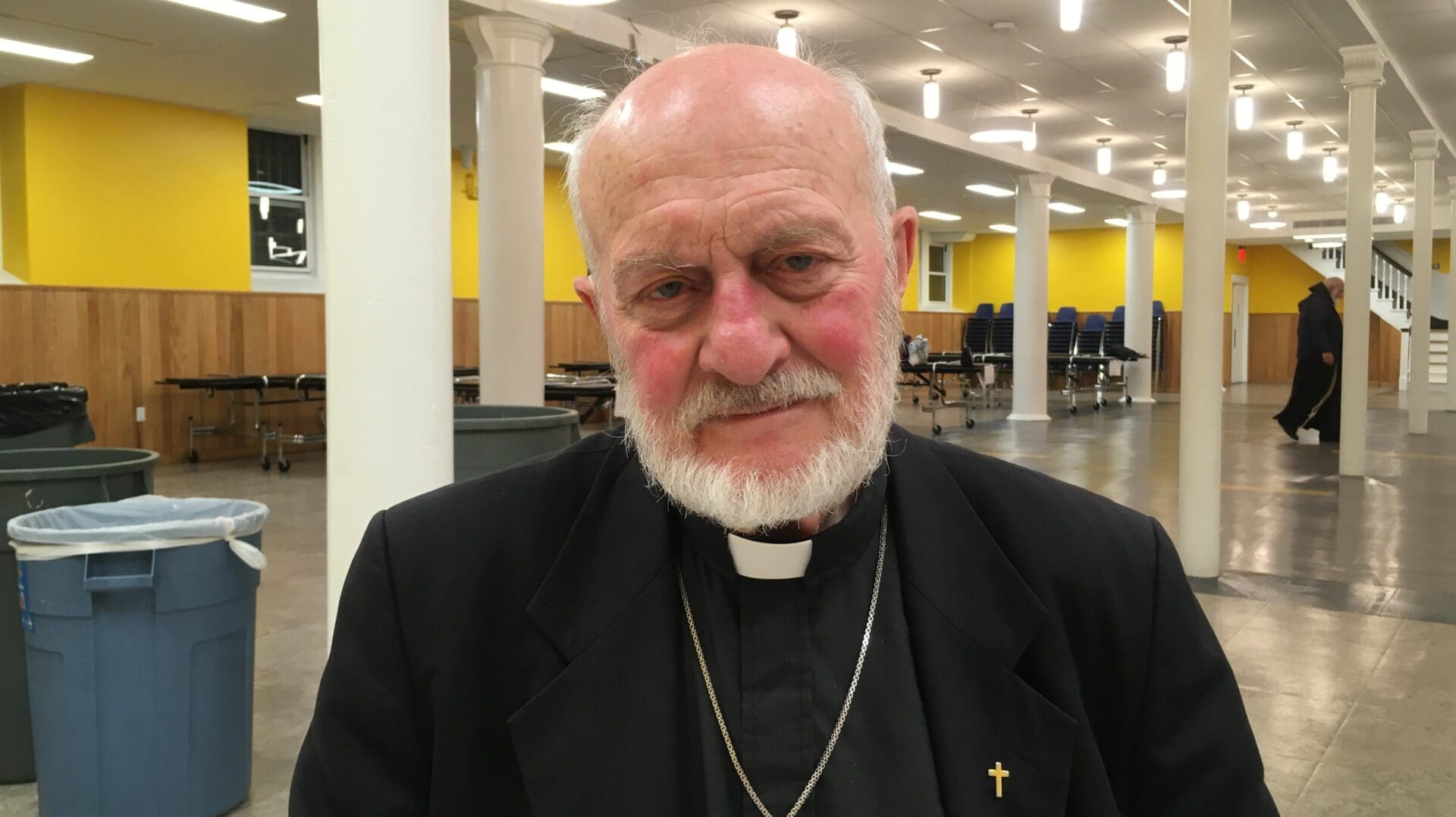
‘I thought, there is communism at home, half of the world is godless, they don’t know God or don’t consider Him important, and nobody wants to be a priest anymore… Thus, out of some kind of Hungarian defiance, I decided that I would become a priest.’

‘I strongly believe that we have to shake people up to make them feel Hungarian…That is why the stakes are as high in Hungary as they are here in America.’

On the 67th anniversary of the 1956 Revolution, we are launching a new section dedicated to the Hungarian diaspora. The first articles of the new section tell the stories of 1956er Hungarian Americans. We wish our Readers a sombre remembrance and a stimulating reading.
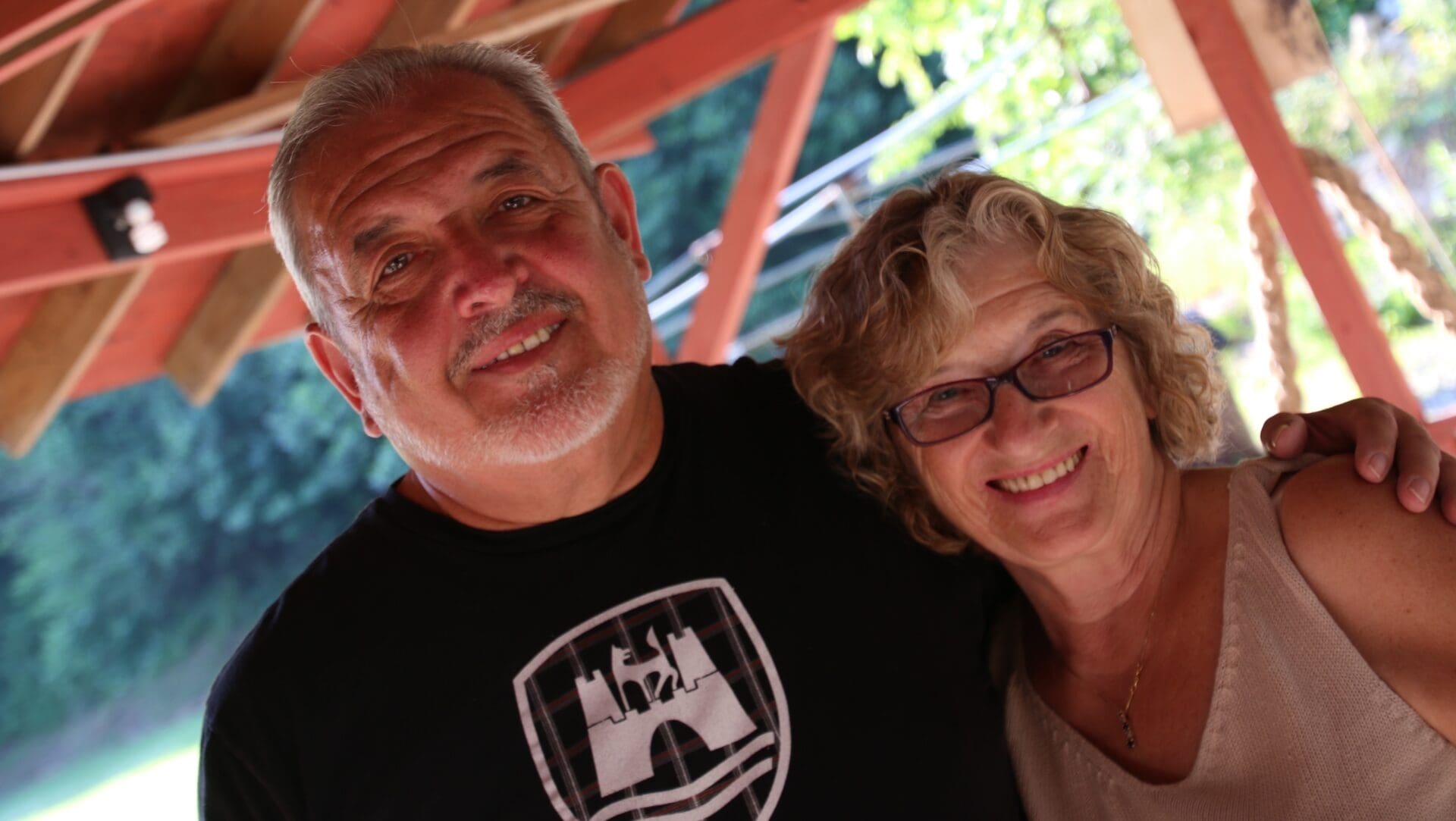
‘Today we still need a place to come together, to cherish our nationality, traditions, and customs. We need a place that is truly ours, that is a substitute for the Old Country, and that welcomes all our fellow citizens who approach us with goodwill. Today we still believe in the principles on which this organization was built, and to which we must continue to adhere if we are to survive.’

Hungarian Conservative is a quarterly magazine on contemporary political, philosophical and cultural issues from a conservative perspective.